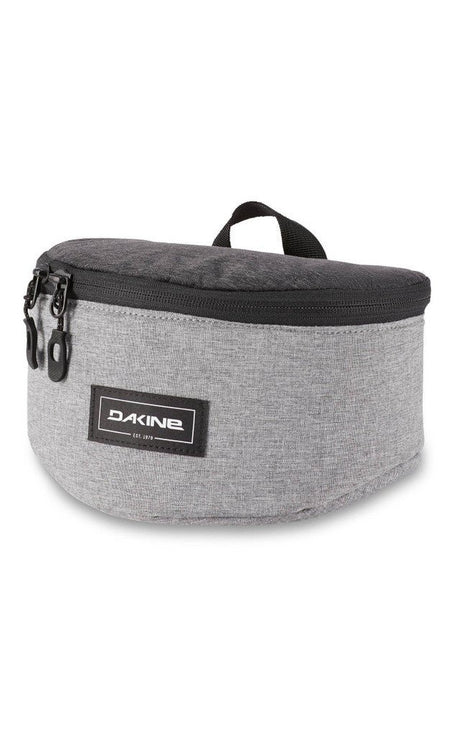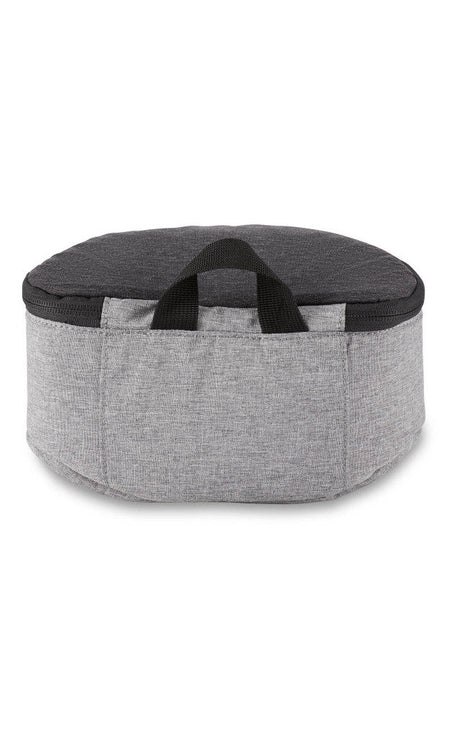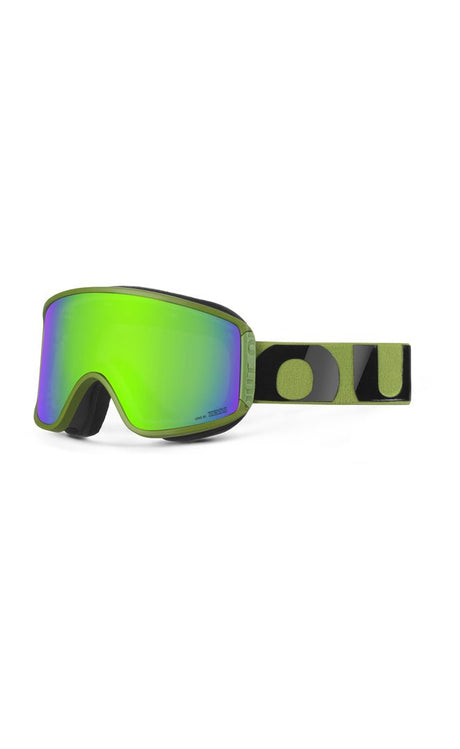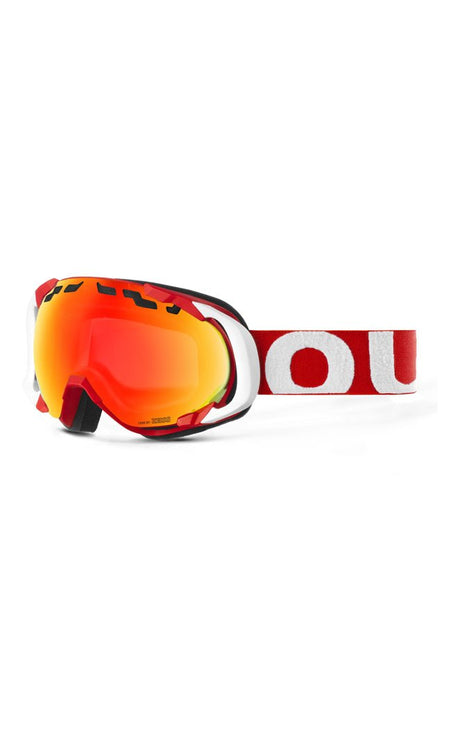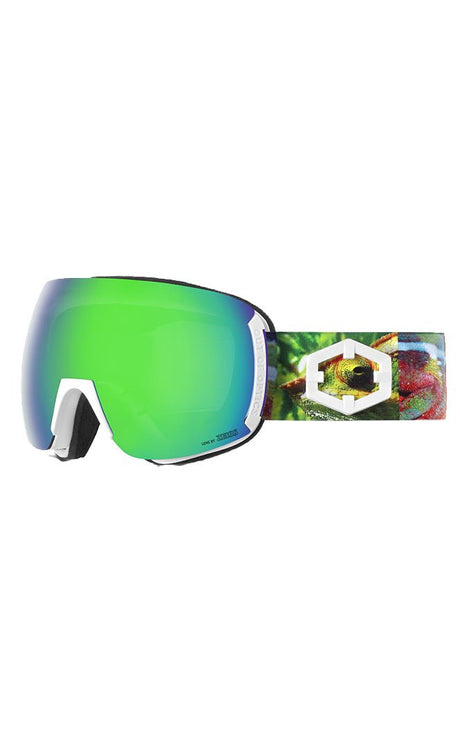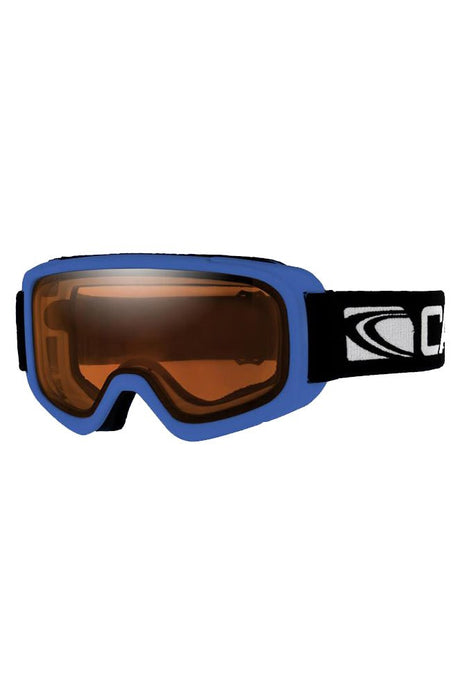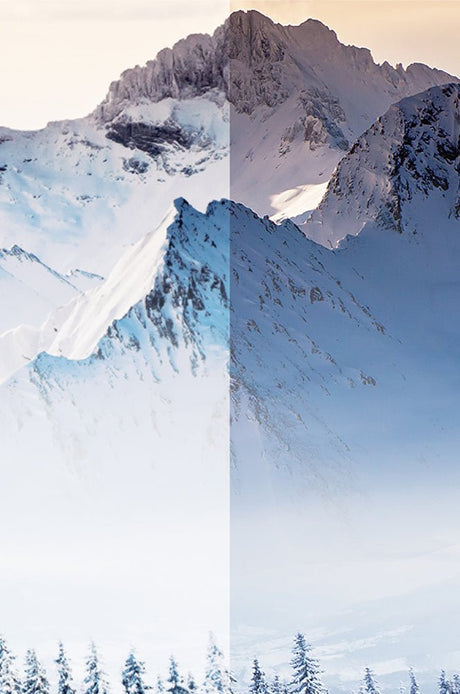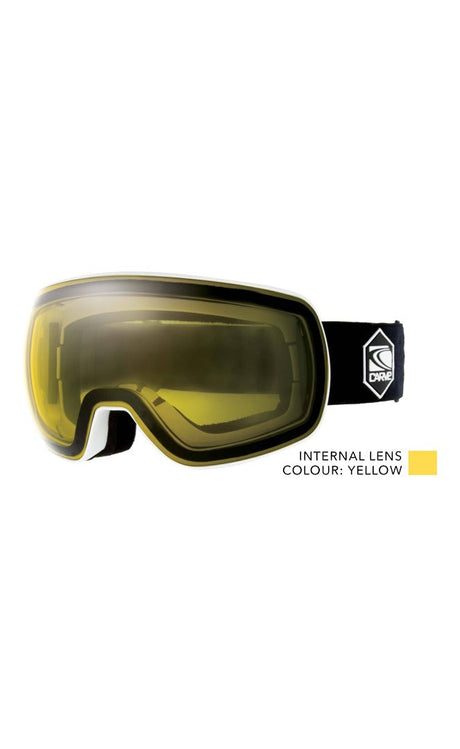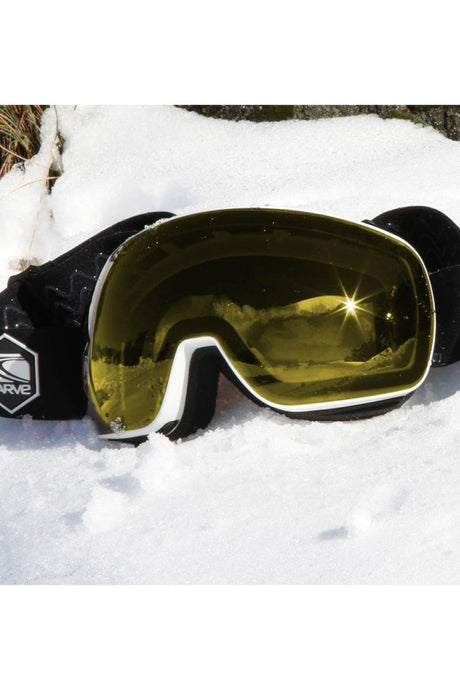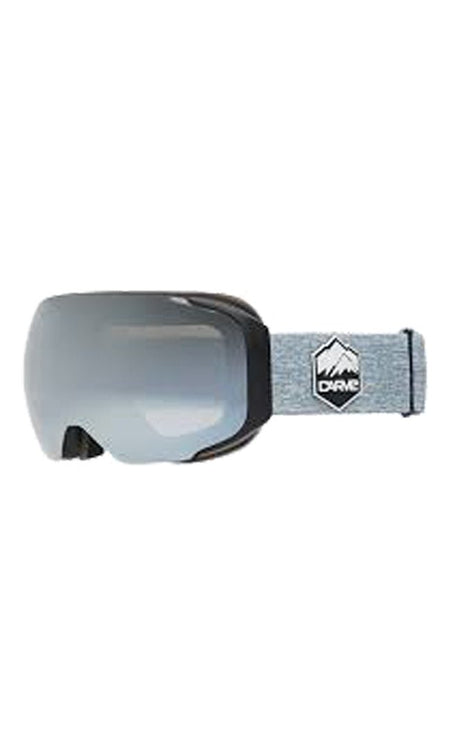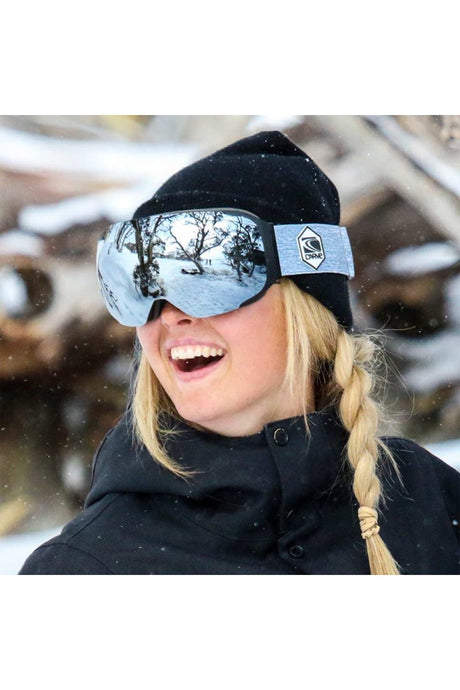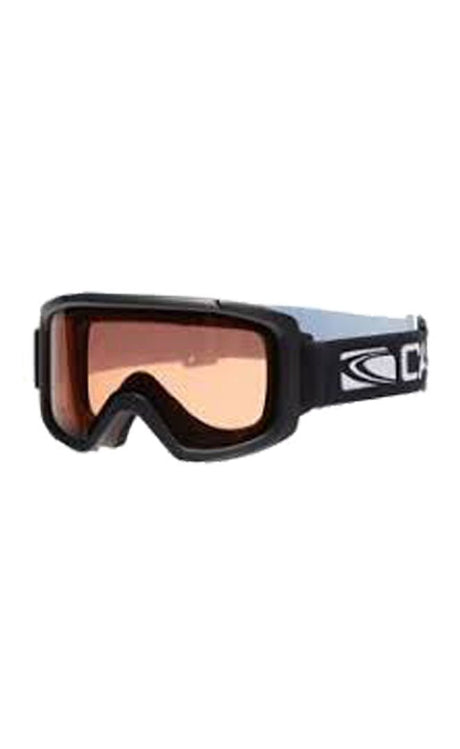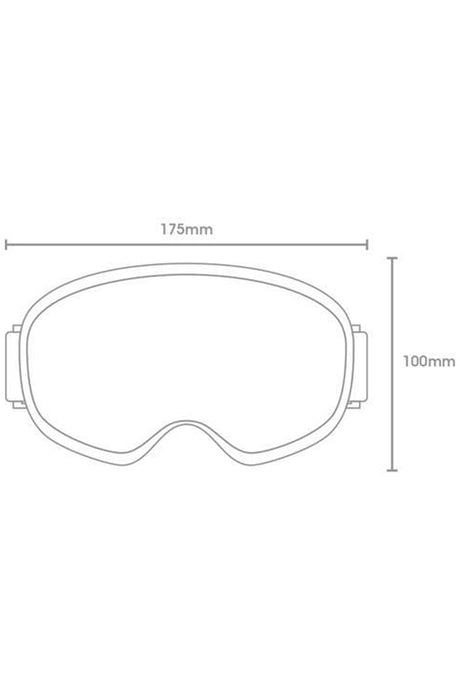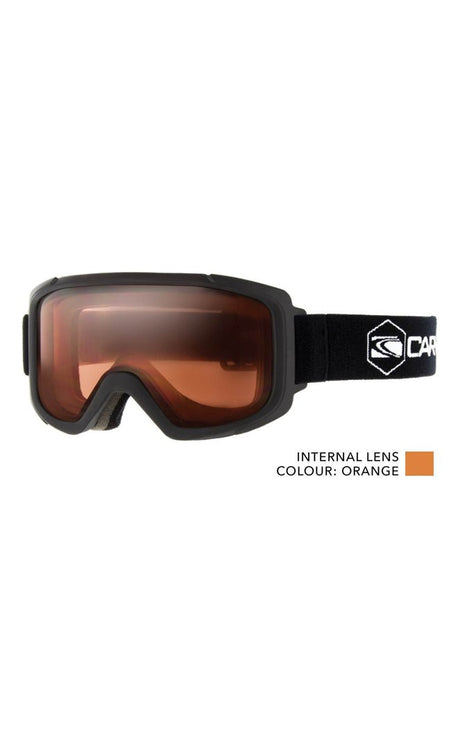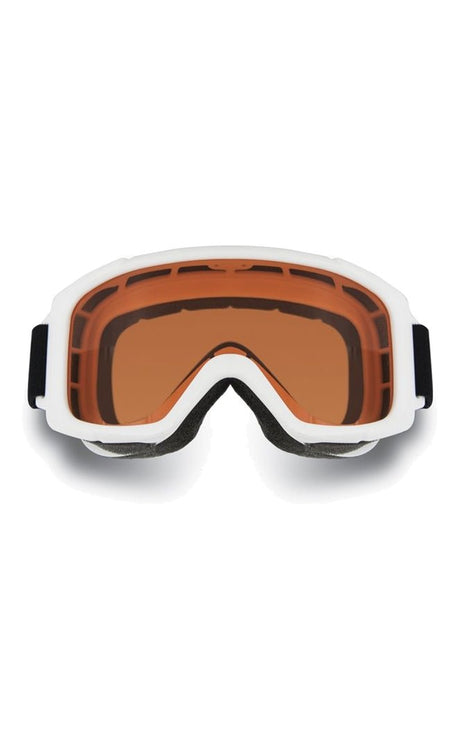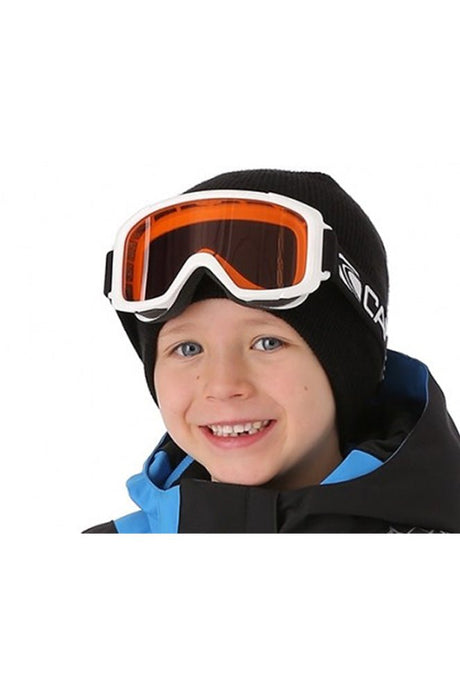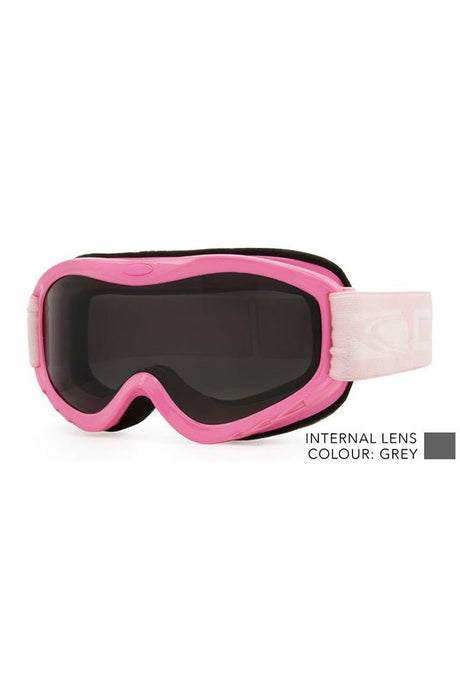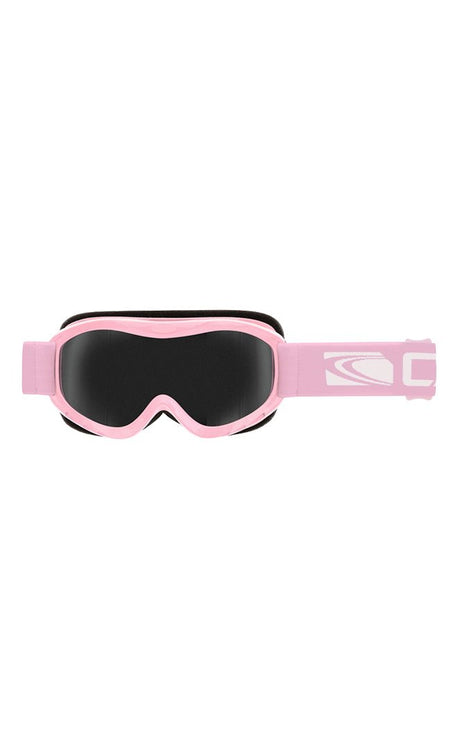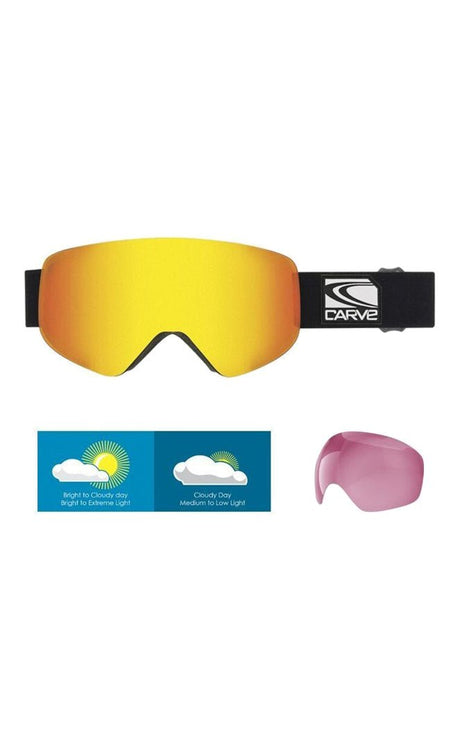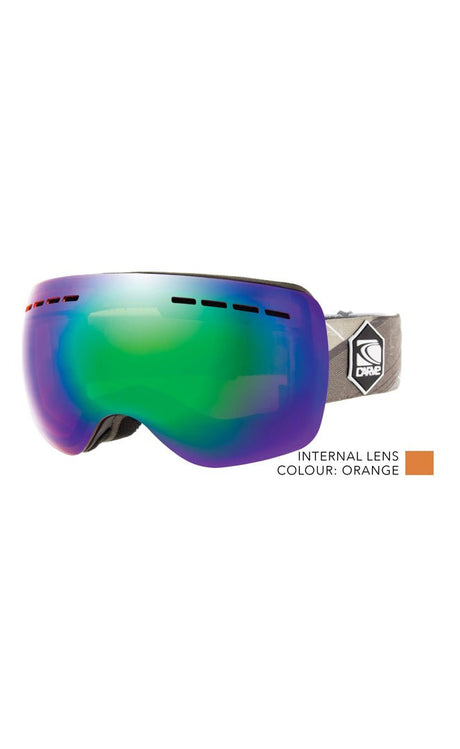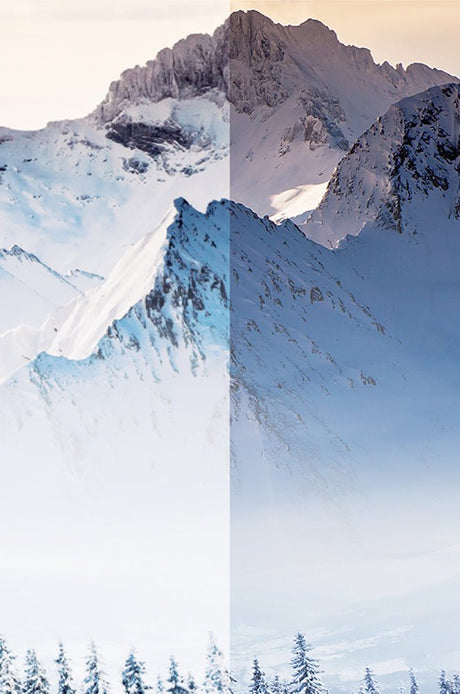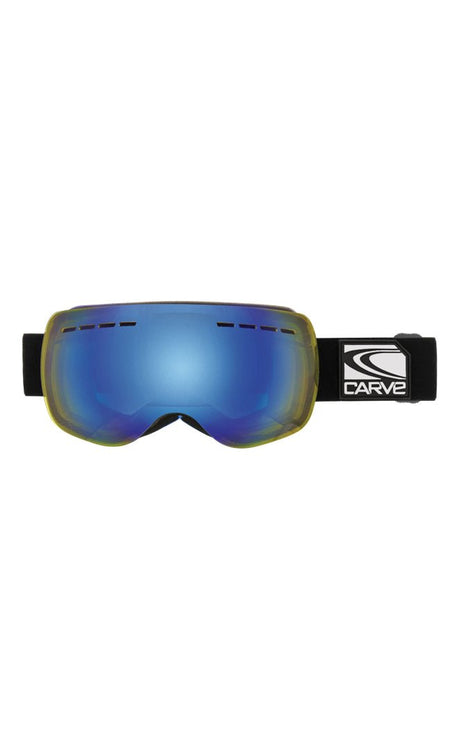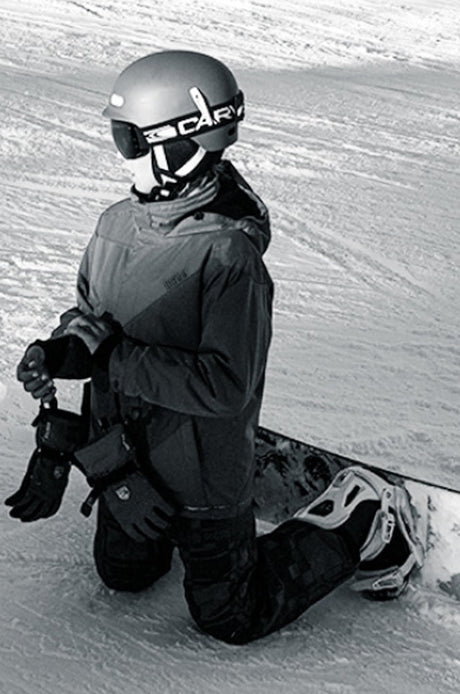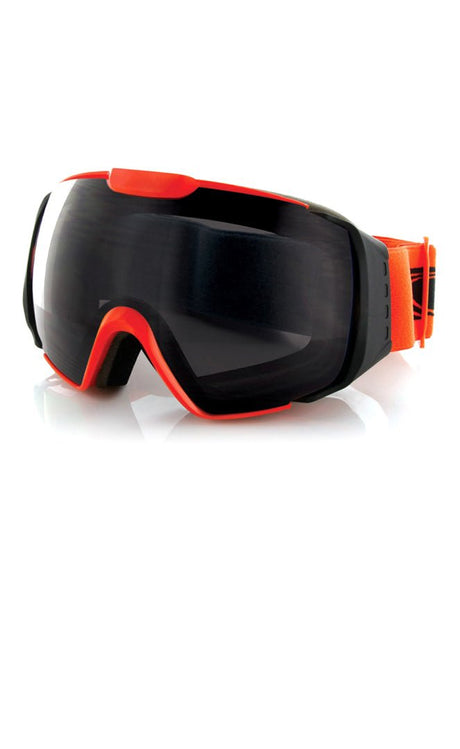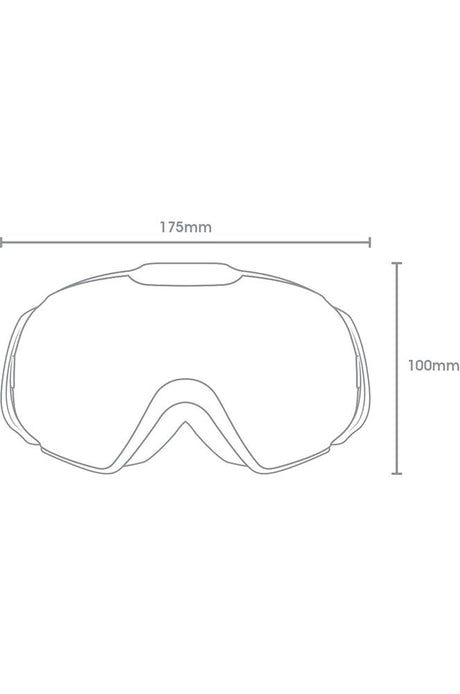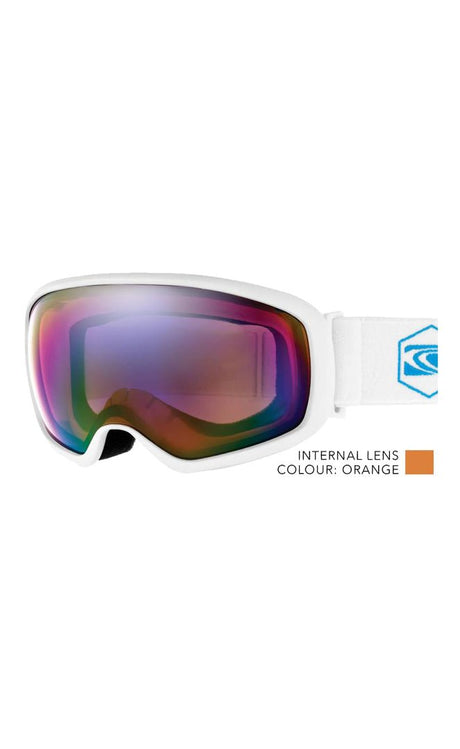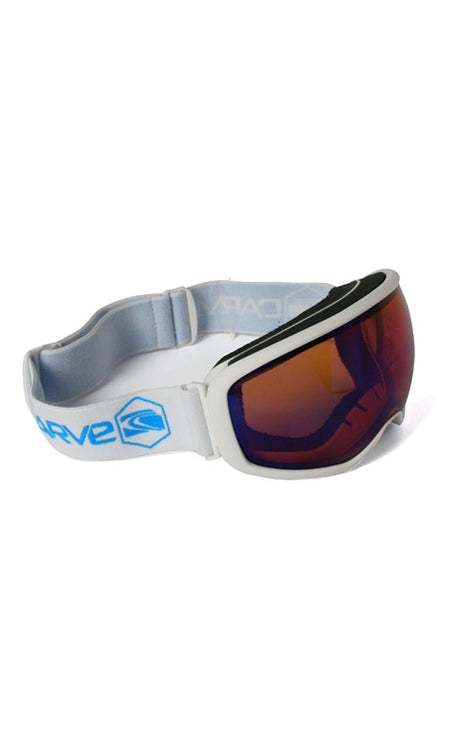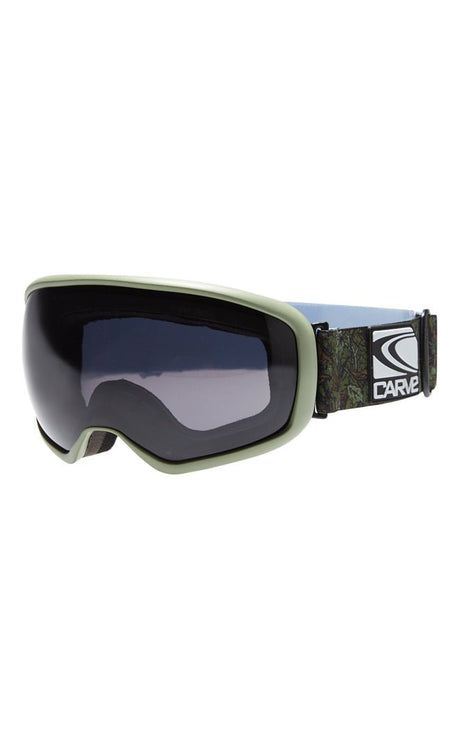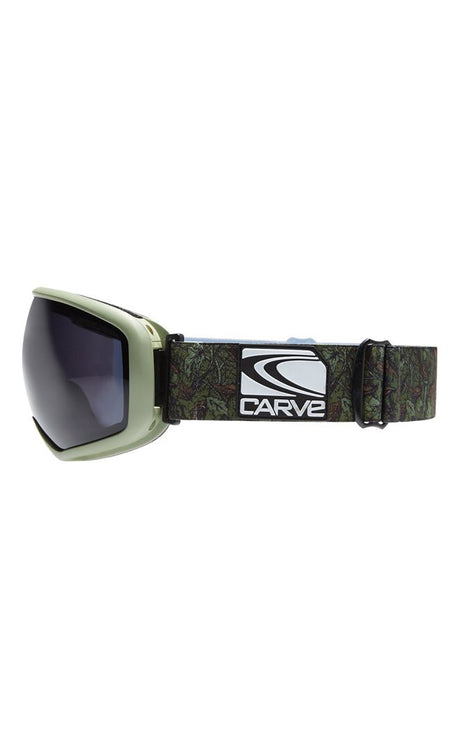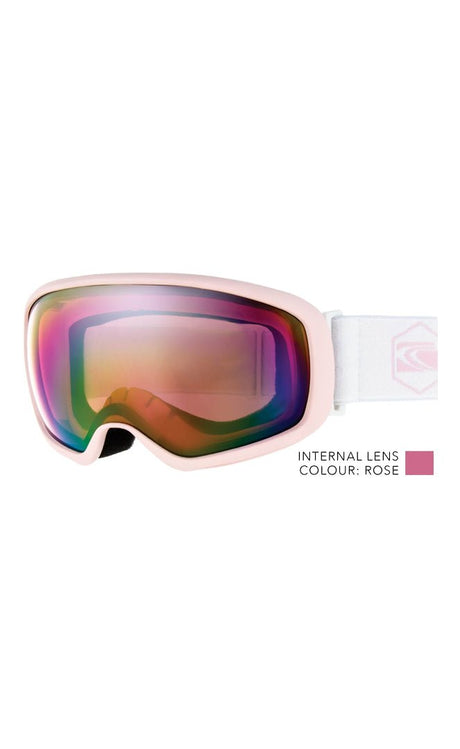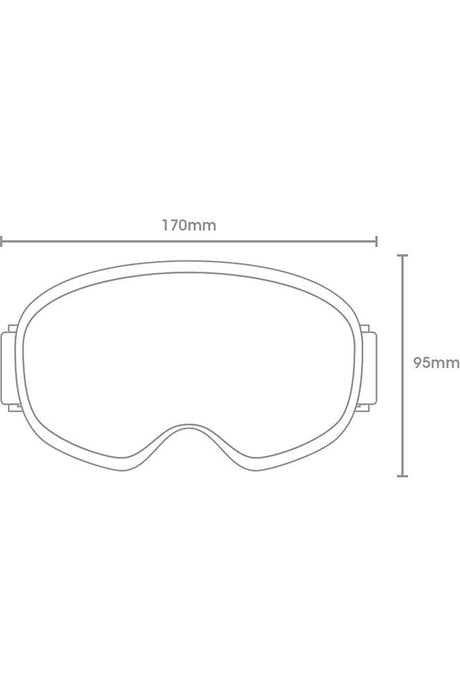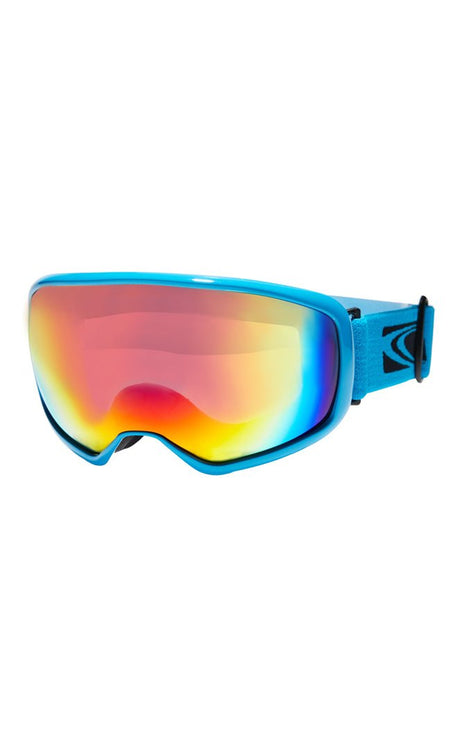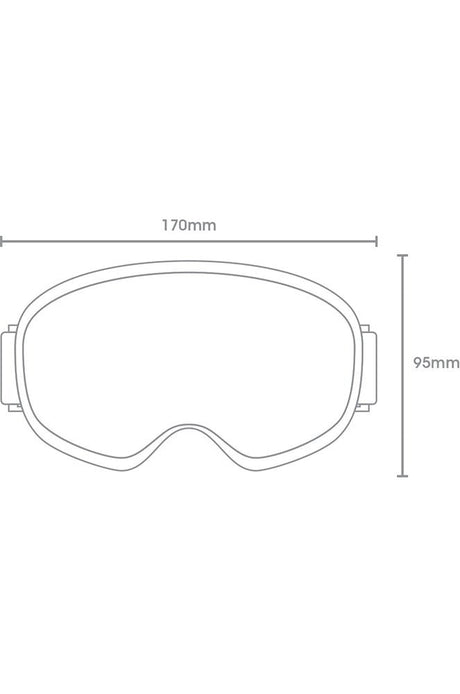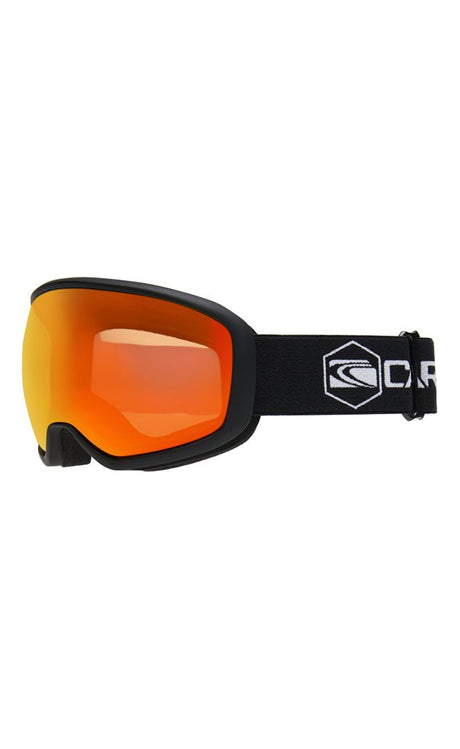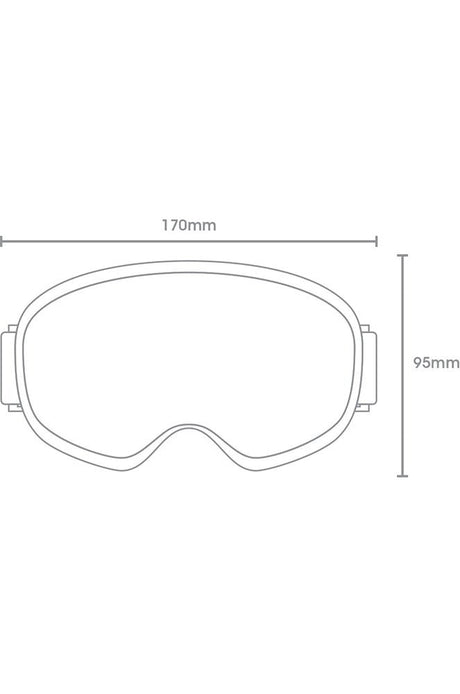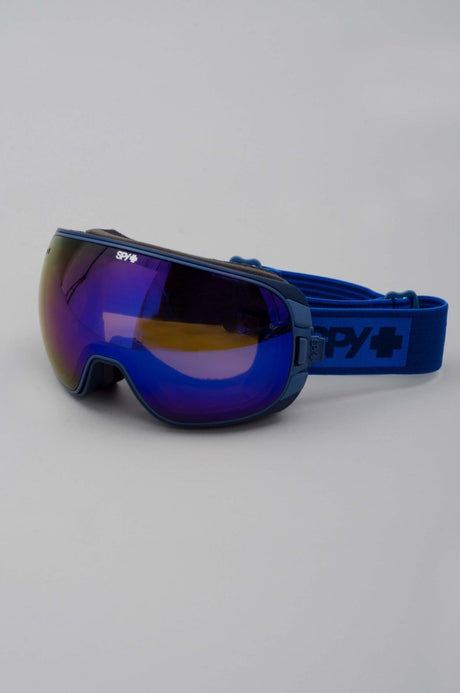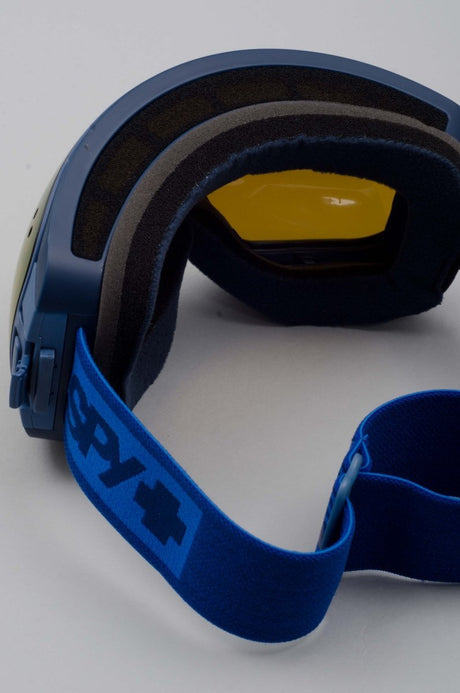The choice of ski or snowboard goggles is essential to ensure good visibility and optimal comfort when practicing these winter sports. In this guide, we offer you to discover the different criteria to consider to choose the right goggles according to your needs and preferences.
Compatibility with the headset
When choosing ski or snowboard goggles, it is essential to check their compatibility with the helmet you already have or wish to acquire. The width and shape of the elastic strap must be suited to your helmet to avoid any slipping or uncomfortable pressure on the forehead and temples. Goggles equipped with adjustment systems are particularly recommended to best fit the shape of your helmet and ensure a perfect hold.
Types of glasses
- Cylindrical lens: It offers a fairly wide field of view but may present optical distortions at the periphery. This type of lens is generally less expensive.
- Spherical screen: Its design is closer to the shape of the human eye, thus allowing for better visual perception and reducing distortions. Consequently, they are often more expensive.
Glass technologies
The technologies integrated into the lenses of the goggles are an important criterion, as they provide a better experience on the slopes. Here are some of the main technologies you may encounter:
- Anti-fog treatment: This technology consists of a special coating applied to the glass to prevent fogging inside the mask.
- Polarized filter: It helps eliminate reflections, especially those coming from snow, thus providing better visibility and increased visual comfort.
- Quick lens change: Some masks have a system that allows you to change lenses quickly and easily according to weather conditions and ambient light.
- Photochromic lens: The glass automatically adjusts to changes in brightness, shifting from a light tint to a dark tint, or vice versa, depending on the external light intensity.
Sun protection categories
To choose the right mask, it is also important to consider the category of sun protection offered by the glasses:
- Category 1: Low brightness, overcast sky or fog. Screen color yellow, orange, pink, or green (blue light filtered).
- Category 2: Medium brightness, variable weather. Tinted or mirrored lens.
- Category 3: High brightness, clear and sunny sky. Dark tinted lens, often with a mirror effect.
- Category 4: Very high brightness, glacier or high altitude. Very dark lens with a strong mirror effect (not suitable for driving).
Comfort and ventilation
A comfortable and well-ventilated mask is essential to fully enjoy your day on the slopes. Make sure the mask does not press too tightly on your face and has good double or triple density foam that perfectly fits the contours of your face. Good ventilation is also essential, especially thanks to vents present in the frame and/or the lenses of the mask.
Prices and brands
The price of ski and snowboard goggles varies depending on the criteria mentioned earlier. It is possible to find entry-level goggles starting from around twenty euros, but it is preferable to invest in a model offering more convenience and optical performance. Brands such as Oakley, Anon, Smith, Julbo, Giro, or Bolle offer quality goggles in different price ranges, guaranteeing comfort and performance.
In summary
To choose the right ski or snowboard goggles, it is essential to consider compatibility with the helmet, the types and technologies of lenses, the category of sun protection, comfort and ventilation, as well as the budget and the brands available on the market. Once these criteria are taken into account, you can hit the slopes safely and with maximum enjoyment!








